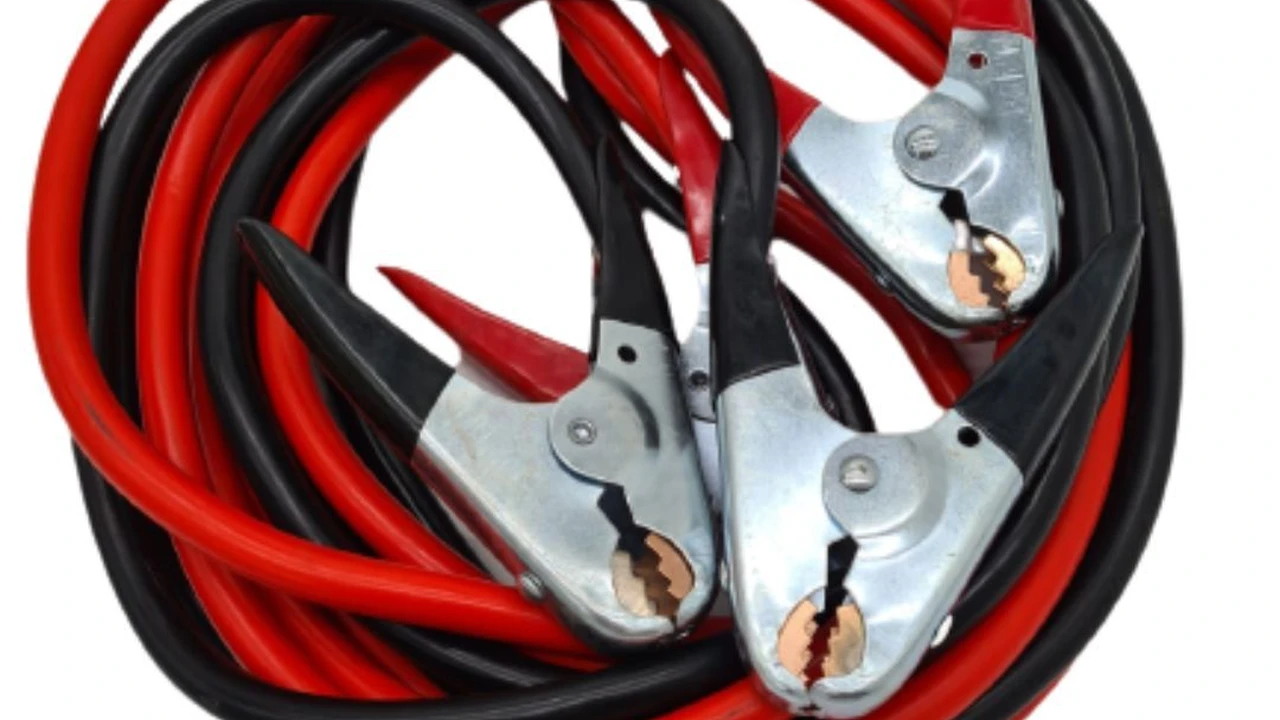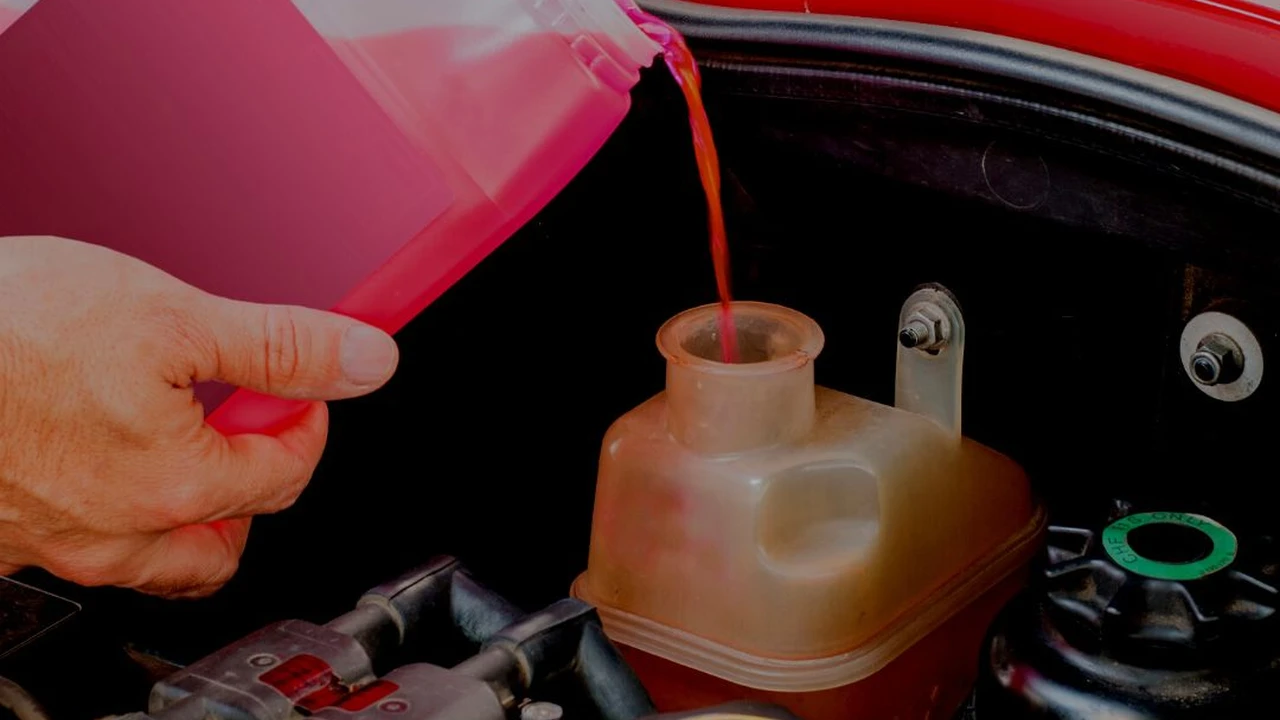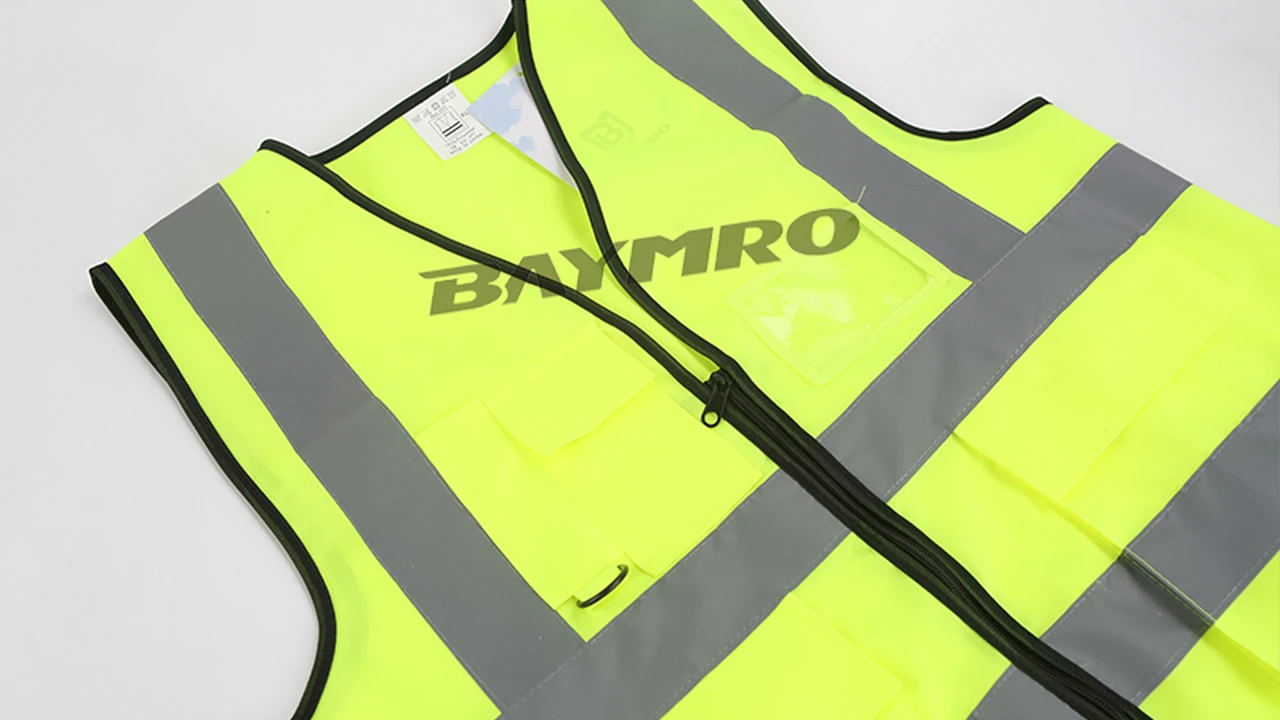Checking and Topping Off Coolant: Preventing Overheating

Understanding Your Car Battery Basics Car Battery Maintenance Tips
Alright, let's talk car batteries. They're the unsung heroes of the road, the silent partners that get your engine roaring to life. But like any other part of your vehicle, your battery needs a little TLC to keep it performing at its best. Think of it as the heart of your car's electrical system, pumping power to everything from your headlights to your radio. Neglecting it can leave you stranded, and nobody wants that!
So, what exactly does your car battery do? Well, it's essentially a chemical storage device that provides the initial jolt of electricity needed to start your engine. It also powers your car's electrical accessories when the engine isn't running, like when you're listening to music while waiting for someone or using your headlights. Once the engine is running, the alternator takes over to keep things going and recharge the battery.
There are two main types of car batteries you'll typically find: lead-acid batteries and AGM (Absorbent Glass Mat) batteries. Lead-acid batteries are the more common and affordable option. They're reliable and get the job done. AGM batteries, on the other hand, are a bit pricier but offer several advantages, like better performance in extreme temperatures, longer lifespan, and spill-proof design. They're often found in newer vehicles with more advanced electrical systems.
Essential Tools for Battery Maintenance Car Battery Testing Equipment
Before you start poking around under the hood, it's essential to have the right tools. Safety first, always! Here's a basic checklist:
- Safety Glasses: Protect your eyes from any potential splashes or debris.
- Gloves: Chemical-resistant gloves will protect your hands from battery acid.
- Wrench Set: You'll need these to loosen and tighten battery terminals.
- Battery Terminal Cleaner: A wire brush or specialized terminal cleaner helps remove corrosion.
- Voltmeter/Multimeter: This is crucial for testing your battery's voltage.
- Battery Load Tester: A load tester provides a more accurate assessment of your battery's health.
- Jumper Cables: Just in case you need a jump start!
Let's talk about that multimeter. A basic digital multimeter is relatively inexpensive and easy to use. You can find them at most auto parts stores or online retailers. Brands like Fluke, Klein Tools, and Craftsman offer reliable multimeters for automotive use. A good multimeter should be able to measure voltage, current, and resistance, which can be helpful for diagnosing other electrical issues in your car.
Now, for the battery load tester. This tool puts your battery under a simulated load to see how it performs. It's a more accurate way to determine if your battery is truly on its last legs. Some popular load testers include the Schumacher BT-100 Battery Load Tester and the Clore Automotive SOLAR BA9 Battery and System Tester. These testers can range in price from around $50 to $200, depending on the features and accuracy.
Step by Step Guide Checking Car Battery Voltage Car Battery Inspection
Okay, let's get our hands dirty! Here's a step-by-step guide to checking your car battery:
- Safety First: Put on your safety glasses and gloves.
- Locate the Battery: It's usually under the hood, but sometimes it's in the trunk or under the back seat. Consult your owner's manual if you're not sure.
- Visual Inspection: Look for any signs of damage, like cracks, bulges, or leaks. Check the terminals for corrosion (that white or bluish-green stuff).
- Clean the Terminals: If you see corrosion, disconnect the battery cables (negative first!) and clean the terminals with a battery terminal cleaner or a mixture of baking soda and water. Use a wire brush to scrub away the corrosion. Rinse with water and dry thoroughly before reconnecting the cables.
- Test the Voltage: Set your multimeter to the DC voltage setting (usually around 20 volts). Connect the red lead to the positive terminal and the black lead to the negative terminal. A fully charged battery should read around 12.6 volts or higher. If it's below 12.4 volts, your battery is likely discharged.
- Load Test (Optional): If you have a load tester, follow the manufacturer's instructions to perform a load test. This will give you a more accurate assessment of your battery's condition.
Product Recommendations Car Battery Brands Car Battery Prices
So, you've determined that your battery is on its way out. Time for a replacement! Here are a few recommended brands and models, along with their typical uses and price ranges:
- Optima Batteries: These are high-performance AGM batteries known for their durability and long lifespan. They're a great choice for vehicles with demanding electrical systems or for those who live in extreme climates. The Optima RedTop is a popular choice for starting power, while the Optima YellowTop is designed for deep-cycle applications (like running accessories for extended periods). Prices range from $200 to $400.
- DieHard Batteries: A classic brand that offers a range of batteries for different needs and budgets. The DieHard Platinum AGM is a top-of-the-line option, while the DieHard Gold is a more affordable choice. These batteries are readily available at Sears and other auto parts stores. Prices range from $100 to $300.
- Interstate Batteries: Another well-known brand that's widely available. Interstate offers a variety of batteries, including lead-acid and AGM options. They're known for their reliability and good value. Prices range from $80 to $250.
- ACDelco Batteries: If you own a GM vehicle, an ACDelco battery is often a good choice, as it's designed to meet the specific requirements of your vehicle. They offer both lead-acid and AGM options. Prices range from $90 to $280.
When choosing a battery, be sure to check the battery's group size to ensure it fits your vehicle. You can find this information in your owner's manual or by using an online battery finder tool. Also, consider the battery's cold cranking amps (CCA) rating, which indicates its ability to start your engine in cold weather. A higher CCA rating is generally better, especially if you live in a cold climate.
Let's compare a couple of these options. The Optima YellowTop is significantly more expensive than the Interstate battery, but it offers superior performance and lifespan, especially if you frequently use accessories while the engine is off. The DieHard Gold is a good middle-ground option, offering a balance of performance and affordability.
Extending Battery Life Proactive Car Battery Care Tips
Want to get the most out of your car battery? Here are a few tips to extend its lifespan:
- Avoid Short Trips: Short trips don't give your alternator enough time to fully recharge the battery. Try to combine errands or take longer drives occasionally.
- Turn Off Lights and Accessories: Don't leave your headlights, interior lights, or accessories on when the engine is off. This can drain the battery quickly.
- Keep the Battery Clean: Regularly clean the battery terminals to prevent corrosion.
- Limit Accessory Use When Idling: Running the AC, radio, or other accessories while idling puts a strain on the battery.
- Get Regular Checkups: Have your battery tested regularly by a mechanic, especially if it's more than three years old.
By following these simple tips, you can help keep your car battery healthy and avoid getting stranded with a dead battery. Remember, a little bit of maintenance can go a long way in keeping your car running smoothly!
:max_bytes(150000):strip_icc()/277019-baked-pork-chops-with-cream-of-mushroom-soup-DDMFS-beauty-4x3-BG-7505-5762b731cf30447d9cbbbbbf387beafa.jpg)






